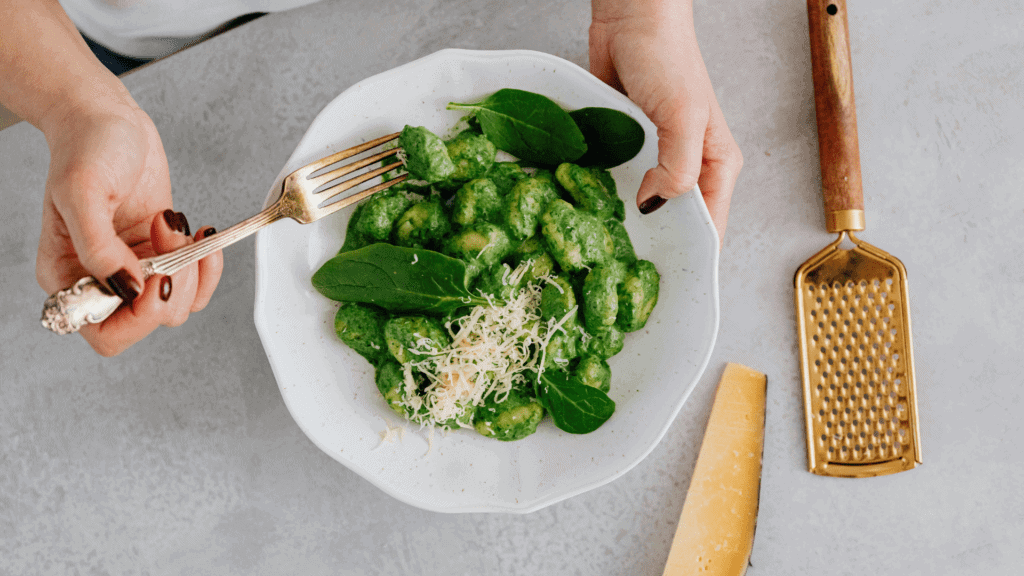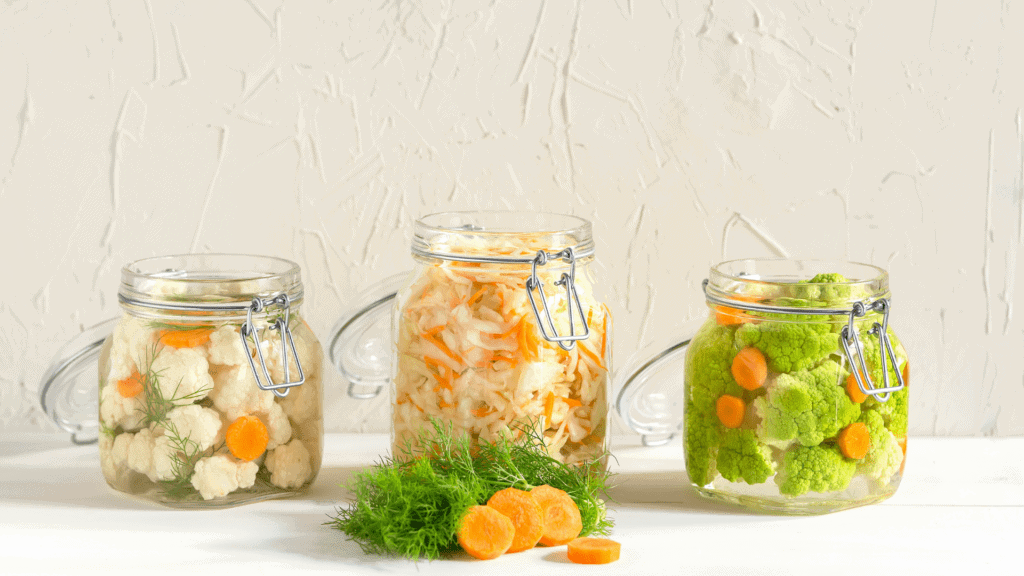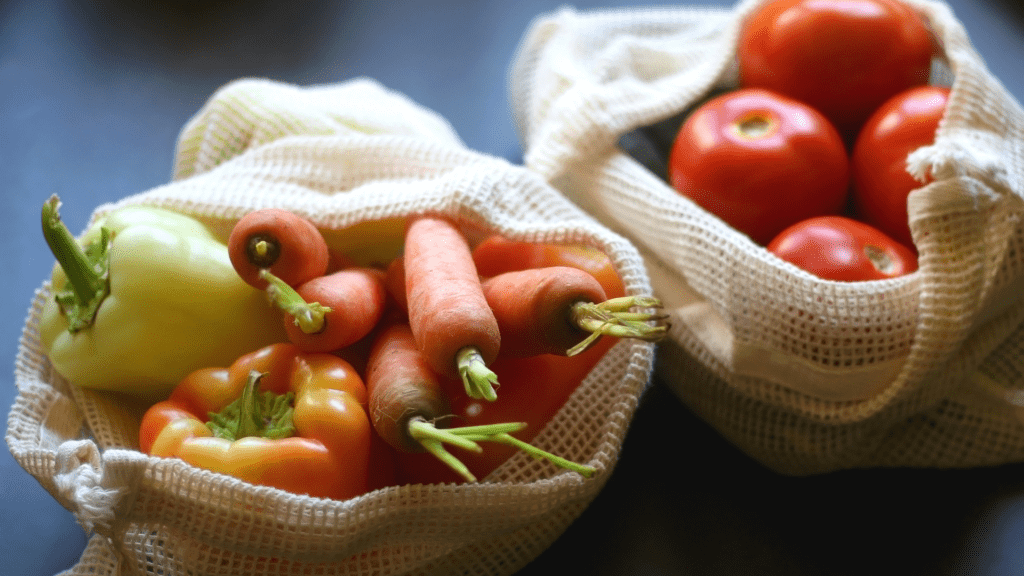What does it really mean to be sustainable? Hoping to reduce their environmental impact, companies and consumers alike have been wrestling with how to practically adopt eco-friendly practices and products into their everyday lives. As a result, sustainability has gone from a novel idea and an aspiration to a goal for nearly all environmentally conscious and globally minded individuals and corporations.
Fortunately, achieving meaningful and measurable sustainability for food and beverage manufacturers could be closer than expected, thanks to the emerging trend of upcycled foods and ingredients.
Regarding this trend, Lauren Hopkins, Edlong’s Sr. Director of Business Development – Americas, says, “This could mean more sustainability for food development and production. You’re taking something that was normally a waste stream and reintroducing it as a functional and potentially nutritious ingredient. The reason it’s growing is because it’s not just checking the sustainability box but also multiple other boxes. It can help fight climate change, but also produce nutrient-dense foods that can help feed the world.”
Others in the industry share her optimism. In fact, the market for upcycled foods as a whole is projected to grow at a compound annual growth rate of 4.6%, from $52b in 2022 to $83.26b by 2032.
As promising as this growth appears, it is not a foregone conclusion. Many companies are running into issues making sure that its truly a sustainable option. As Edlong’s Global Director of Strategy and Innovation Anne Marie Butler pointed out, “Some companies are finding that while upcycling may seem sustainable in theory, making it a reality is more difficult since often a lot of water and energy is often required to process those upcycled materials to a point where they are usable in a new product.” To figure out where this trend is heading, we must first understand where it started and how flavor can help open the door to sustained success.

Upcycling: New Trend or Time-Tested Solution?
With this trend gaining traction in the mainstream, it might be surprising to discover that the concept of upcycling food and beverage ingredients isn’t a new idea after all.
“The idea of upcycled ingredients has been around for a while,” says Monica Gotomo Kapoor, Principal Scientist/Global Ingredients Specialist at Edlong. She explains how dairy manufacturers have been upcycling for decades, “Whey, [for example], is the main ingredient for whey protein, but originally it was just a byproduct from making cheese. In the old days, the liquid whey was drained from the curd and used for animal feed. Today, we see it as a commodity ingredient in and of itself.”
These days she sees the trend coming back with even stronger potential for plant-based and alternative products.
“Let’s take a pea protein manufacturer, for example, that wants to upcycle their waste materials. Before they may have only been focusing on protein, but now they might look at turning the remaining carbohydrates into a starch. Now, it’s no longer wasted, it’s recovered and used in something else. A lot of companies could take advantage of the competitive distinction of using a unique ingredient like this,” says Kapoor.
These upcycled ingredients could quickly become an impact multiplier for developers and CPGs, especially for their plant-based products aimed at sustainability.
However, Kapoor, Butler, and Hopkins agree that flavor will need to play a crucial role in the widespread adoption and success of these upcycled products.

Sustainability? Yes. Taste?
Not trying to temper the excitement surrounding these products and their potential, Hopkins cautions that these products might need some help along the way, “With upcycling, you may be using an ingredient that packs that nutritious value and has a sustainability claim, but you can’t just necessarily use it as a raw material. The flavor attributes that are associated with it in its raw form might end up holding it back.”
Kapoor agrees, saying that the nature of these upcycled materials could present some sensory hurdles for developers and manufacturers. “Since these byproducts have already gone through the harvesting and processing catered to the original ingredient, your upcycled ingredient might have ended up with some cooked notes or pH adjustments which could make it more challenging for palatability.”
However, she stresses that we can’t fixate on what the ingredient is in its current form; instead, we must think about what it can be. Adding that, she firmly believes flavor will have to play a critical role in getting it there.
“Flavor unlocks opportunities in upcycled ingredients to become an endless number of possible finished products. Flavor in general will make everything taste better, or at least more palatable. The characterizing aspects and the masking aspect are going to help a lot across all applications to make products with these upcycled ingredients more accepted by consumers.”
While flavor can get these products out of development and into consumer pantries, market factors like scale and affordability can ultimately decide how mainstream upcycled products become.

From Niche to Mainstream
With aspects of both functionality and nutrition, upcycled ingredients feel poised to make the same jump from niche to mainstream that plant-based has seen in recent years if they can prove to be a truly sustainable alternative.
However, despite the need for these ingredients, Hopkins believes that if we aren’t proactively looking to work them into our supply chain, a lack of commercial availability and cost-effectiveness could keep these products from really taking off.
“At the end of the day, companies are about being profitable. It comes down to understanding what these ingredients are, where they’re being sourced from, and what the manufacturing landscape looks like to actually turn a waste stream into an economically added-value product.
What does that conversion cost look like? Is it truly sustainable when you take the full process into consideration? We need to answer these questions; otherwise, we’re going to just keep using the same tools we have in our toolboxes today.”
Shifting upcycled ingredients from trend to standard practice will take industry-wide dedication and collaboration. But with its promise for greater sustainability and the power of flavor to help it realize its potential, upcycled ingredients are worth keeping your eyes on.
Thinking about incorporating a new or unique upcycled ingredient into your next development project? Contact the global R&D experts at Edlong to get your project off on the right foot!
About the Authors:
Lauren Hopkins, Sr. Director of Business Development – Americas

Let’s connect on LinkedIn!
I’m a Sr. Director of Business Development – Americas at Edlong with a passion for helping product designers and executives launch the next innovative food products. I have an unwavering belief in my team, their ability, and our products that is backed by a track record of customers who have saved time and resources by working with us. Your next great product is on the horizon, and I’ll help you bring it to as many shelves, tables, and hearts as possible.
Topics: Innovation
Resource Type: Article
Resource Region: EUUS
